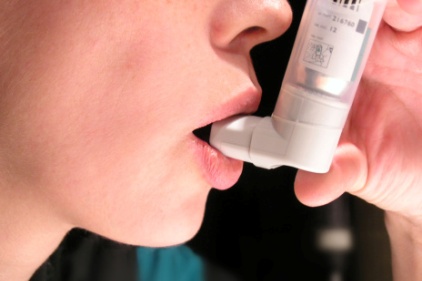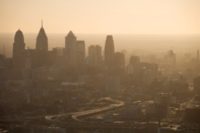 Asthma is a major public health issue, affecting nearly 23 million people and disproportionally affecting low-income and minority communities. The economic impact of asthma amounts to more than $56 billion per year from direct medical costs and indirect costs, such as missed school and work days. One in 10 kids in America suffers from asthma.
Asthma is a major public health issue, affecting nearly 23 million people and disproportionally affecting low-income and minority communities. The economic impact of asthma amounts to more than $56 billion per year from direct medical costs and indirect costs, such as missed school and work days. One in 10 kids in America suffers from asthma.
During Asthma Awareness Month, the EPA is remanding Americans to help control their asthma symptoms and maintain active lifestyles with three simple steps:
- Identify and avoid environmental asthma triggers. Air pollution, dust mites, secondhand smoke, mold, pests, and pet dander can trigger asthma attacks. Work with your doctor to identify and avoid your personal asthma triggers, since asthma sufferers are affected differently.
- Create an asthma action plan. An asthma action plan will help you monitor your asthma daily and will offer steps to reduce your exposure to your personal triggers through effective control strategies. Ask your doctor to assist you in creating an asthma action plan.
- Pay attention to air quality. Exposure to ozone and particle pollution can cause asthma attacks. Check local air quality conditions at http://airnow.gov and download an Air Quality Index app for your smart phone.
“We know our public health is directly connected to our environment, and threats such as climate change are aggravating symptoms for communities across the country which is why we are taking important action through our Clean Power Plan and the Clean Air Act,” said U.S. EPA Administrator Gina McCarthy.
The agency expects the proposed Clean Power Plan’s public health and climate benefits will help avoid up to 150,000 asthma attacks in children annually by 2030.
Learn more about asthma and environmental triggers and read about the 2015 National Environmental Leadership Award winners: http://www.epa.gov/asthma
For information on state and local community asthma awareness events throughout the month, visit AsthmaCommunityNetwork.org








